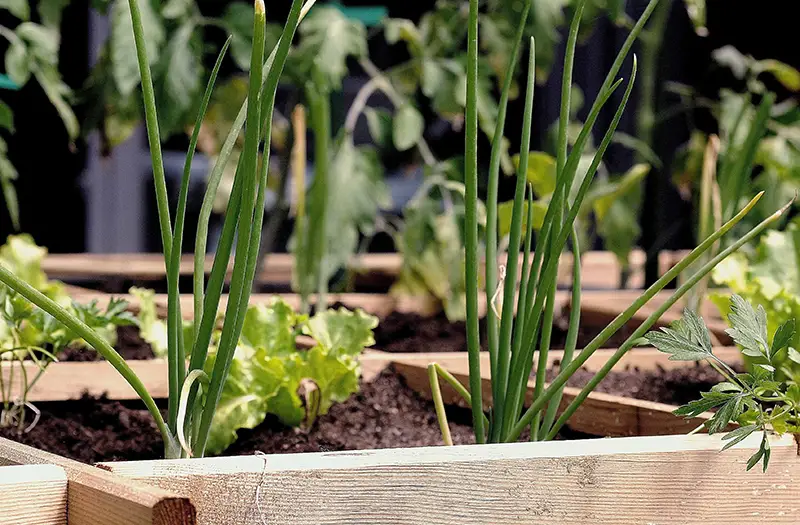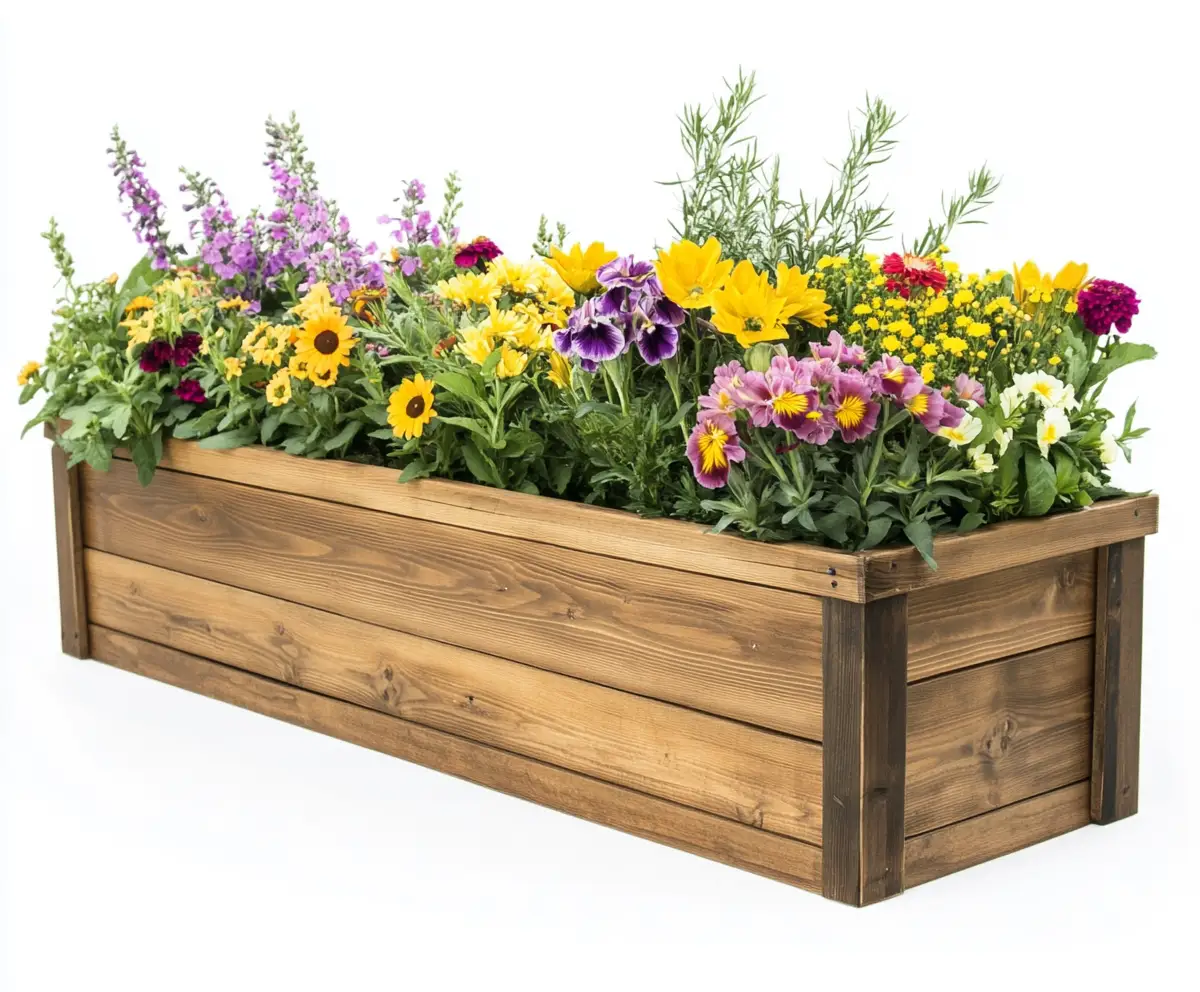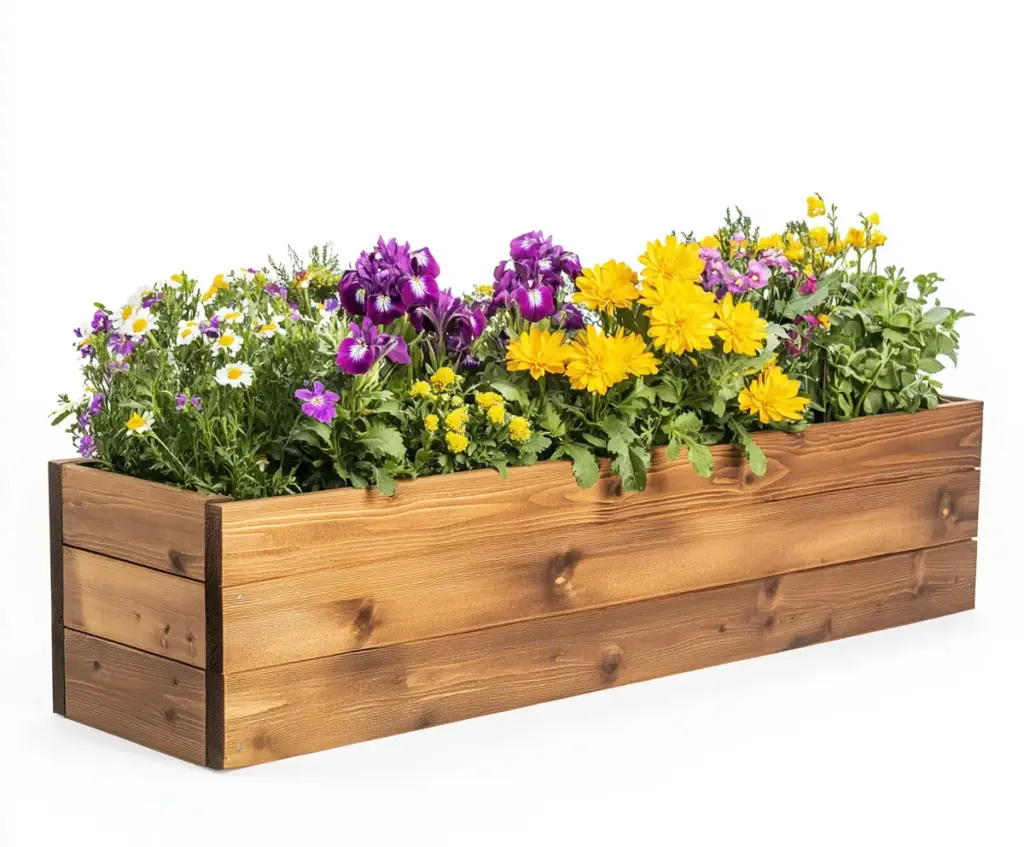Think your space is too small for a garden? Think again. Gardening in planter boxes is one of the easiest and most rewarding ways to grow vegetables, herbs, and flowers—even if all you have is a balcony, patio, or small deck. With just a little planning, planter boxes can transform any corner into a thriving, low-maintenance garden.
In this guide, you’ll learn five expert-backed tips to help your container garden flourish, no matter your space or skill level.
Let me know when to continue, and I’ll dive into Tip #1: Use the Right Soil Mix for Success.
🌿 Tip 1: Use the Right Soil Mix for Success
One of the most common mistakes when gardening in planter boxes is using regular garden soil. While it works great in the ground, it’s simply too heavy and compact for containers. Poor drainage and lack of airflow can suffocate your plants before they have a chance to thrive.
Instead, opt for a high-quality potting mix specifically designed for containers. These blends are typically lighter and include ingredients like:
- Coconut coir or shredded bark – to improve airflow
- Perlite, vermiculite, or pumice – to help with drainage and nutrient retention
- Organic compost – for long-lasting, slow-release nutrition
Look for mixes labeled “container mix” or “potting soil,” and avoid products that use synthetic fertilizers if you’re going for an organic garden. A great potting mix can be the difference between a lush garden and a struggling one.
👍 Pro tip: Rejuvenate your soil every season by mixing in fresh compost and checking the texture—light, crumbly, and well-draining is the goal.
🌿 Tip 2: Ensure Proper Drainage in Your Planter Boxes

Proper drainage is absolutely critical when gardening in planter boxes. Without it, water can pool at the bottom of your container, leading to root rot, mold, and unhappy plants.
Here’s how to make sure your planter boxes drain well:
- Check for pre-drilled holes: Ideally, your box should have drainage holes about every 8–10 inches apart, each at least ¾-inch wide.
- Add more holes if necessary: If you’re repurposing something like a metal trough or a DIY wooden box, don’t hesitate to drill a few extra holes to prevent water buildup.
- Elevate the planter: Legs or small feet can help your box sit off the ground, allowing water to drain freely.
- Layer the bottom (optional): Some gardeners like to add a thin layer of coarse gravel or broken pottery at the bottom to promote quicker drainage, though a well-aerated soil mix usually does the trick on its own.
✅ Quick reminder: Always match good drainage with regular watering. Planter boxes dry out faster than in-ground beds, especially in warm weather.
🌿 Tip 3: Pick the Perfect Planter Box Size

Choosing the right size planter box is key to creating a productive and low-maintenance garden. When gardening in planter boxes, it’s not just about what looks good—it’s about what your plants need to thrive.
Here’s what to consider when selecting your planter’s dimensions:
🪴 Width & Length
- If your box is less than 24 inches wide, you’ll be able to access your plants from one side—great for narrow balconies or walkways.
- Wider planters over 24 inches should be accessible from both sides for easy watering and harvesting.
- Consider U-shaped or L-shaped planters if you’re working with corners or want to maximize a tight footprint.
🌱 Depth
- Most herbs, leafy greens, and shallow-rooted veggies (like lettuce and radishes) need just 6–12 inches of soil.
- Root veggies like carrots or beets typically require 12–18 inches.
- Deeper-rooted plants (think tomatoes or peppers) may need 18–24 inches of soil for optimal growth.
📏 Pro tip: Measure your space first and map out your gardening goals before buying or building a box. It’ll save time, money, and headaches later on.
🌿 Tip 4: Choose the Ideal Location for Your Planter Box

When it comes to gardening in planter boxes, location truly makes or breaks your success. The right spot ensures your plants get the light, water access, and conditions they need to thrive.
☀️ Sunlight is Key
Most vegetables and herbs love the sun. Aim to place your planter box in a spot that gets:
- 6–8 hours of direct sunlight daily for crops like tomatoes, peppers, cucumbers, and basil.
- Partial sun (3–6 hours) for leafy greens like kale, spinach, and lettuce—they actually prefer a bit of afternoon shade.
📱 Not sure how much sun your space gets? Use a sunlight tracking app or a basic phone compass to estimate where and how the sun hits your space throughout the day.
💧 Keep Water in Reach
Watering is more likely to happen if it’s easy. Place your box near:
- A hose bib or faucet
- A spot where a watering can can be refilled quickly
- Or consider self-watering planters if access is tricky
🚪 Bonus tip: If you’re growing kitchen herbs or greens, position your box near a back door or kitchen window for easy, just-in-time harvests.
🌿 Tip #5: Choose the Right Plants for Planter Boxes
Not every plant is suited to life in a container, but luckily, there’s a huge variety of herbs, veggies, and fruits that thrive in planter boxes—especially if you pick the right varieties and match them to your box’s depth.
🧺 Best Compact Varieties for Planter Boxes
Look for plant tags or seed packets labeled “patio,” “bush,” “dwarf,” or “compact”. These are bred to perform well in containers. Some popular options include:
- Tomatoes: Tiny Tim, Patio Princess, Red Robin
- Peppers: Hungarian Hot Wax, Black Hungarian, Mini Bell
- Cucumbers: Spacemaster, Patio Snacker
- Zucchini: Bush Baby, Raven
- Strawberries: Fresca, Tribute
- Blueberries: Peach Sorbet, Jelly Bean
- Root crops: Little Finger carrots, Paris Market radishes
🥬 Veggies That Love Shallow Planters (12” or Less)
These easy-growers are perfect for small boxes:
- Lettuce, kale, spinach
- Radishes, arugula
- Chives, basil, cilantro
- Bush beans, peas
- Green onions, garlic
🧠 Smart tip: Mix edibles with ornamentals! Edible flowers like nasturtiums or marigolds look great and attract pollinators.
🌿 Conclusion: Grow More in Less Space with Planter Boxes
Gardening in planter boxes is a smart, flexible way to grow fresh food and beautiful blooms—no matter the size of your space. Whether you’re working with a tiny patio or a cozy balcony, the right setup can turn it into a thriving garden oasis.
By using the right soil mix, ensuring good drainage, choosing appropriately sized boxes, placing them in optimal spots, and selecting the right plants, you’ll set yourself up for success from the start. Planter boxes are more than just convenient—they’re empowering, accessible, and surprisingly productive.
So grab your trowel, pick your plants, and start growing where you are. Your small space has big potential. 🌿💚


